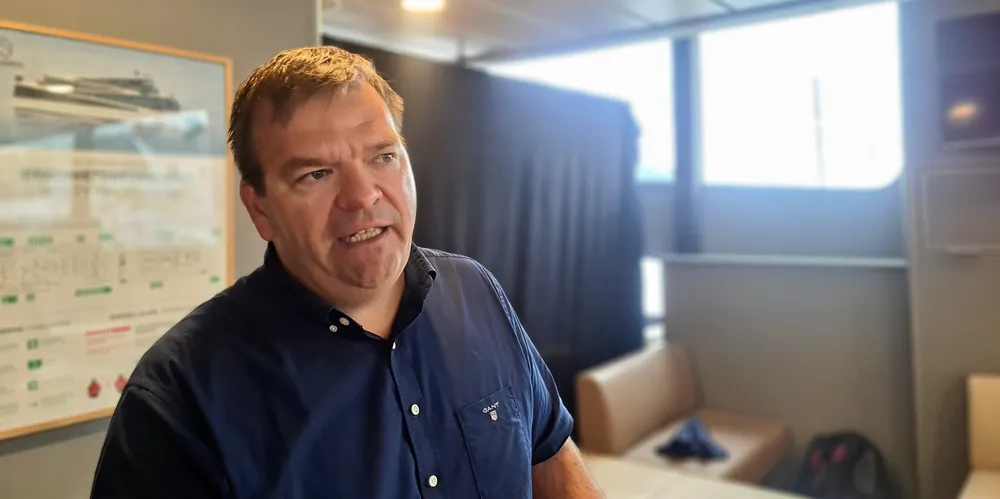Norway’s Hofseth bets big on “The Egg” aquaculture concept, splashing out hundreds of millions
'We are convinced that closed facilities are the future,' said Hofseth CEO Roger Hofseth.

'We are convinced that closed facilities are the future,' said Hofseth CEO Roger Hofseth.
